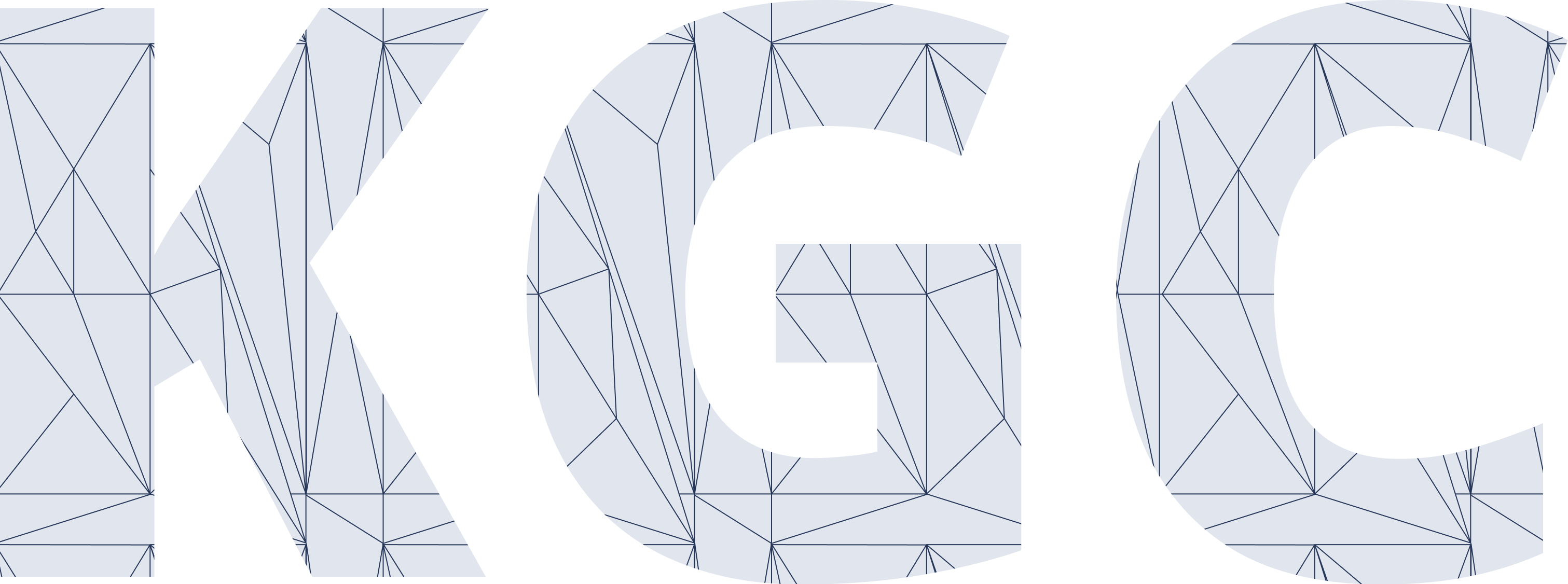Vinay K. Chaudhri
Dr. Vinay K. Chaudhri is currently affiliated with multiple institutions including Stanford University, Pride Global, and Rice University. At Stanford, he is engaged in promoting logic education for secondary schools, investigating computable contracts, and teaching a seminar on Knowledge Graphs. Through Pride Global, he consults with JP Morgan and Chase on knowledge graphs. At Rice University, he is collaborating with OpenStax in adding knowledge graphs to textbook publishing. He is formerly a program director in the Artificial Intelligence Center at SRI International where he created the AI necessary to enable intelligent textbooks and intelligent assistants. He has co-authored a textbook on Logic Programming, co-edited a volume on the Theory and Application of Conceptual Modeling, and two special issues of AI Magazine — one on Question Answering Systems, and another on application of AI to Contemporary and Emerging Education Challenges. He currently serves on the editorial boards of AI Magazine and the Journal of Applied Ontology.
2021 Workshops and Tutorials: An Introduction to Knowledge Graphs
Knowledge graphs have emerged as a compelling abstraction for organizing world’s knowledge over the internet, capturing relationships among key entities of interest to
enterprises, and a way to integrate information extracted from multiple data sources. Construction and maintenance of large-scale knowledge graphs requires leveraging knowledge representation,
machine learning, and natural language processing. In addition, for applications that use machine learning, natural language processing and computer vision, knowledge graphs are being
increasingly used as a knowledge representation for capturing and tracking the learned knowledge.
Most major AI/NLP/Vision conferences attract significant number of research papers that leverage knowledge graphs. While several knowledge graphs have been built and deployed in the industry
today, their creation and successful maintenance requires addressing numerous challenges. This course is organized around a set of lectures focused on the following topics:
1. What is a Knowledge Graph? (40 minutes)
2. What are some Knowledge Graph Data Models? (55 minutes)
3. How to Create a Knowledge Graph? (40 minutes)
4. How to Create a Knowledge Graph from Structured Data? (35 minutes)
5. How to Create a Knowledge Graph from Text? (35 minutes)
6. What are some Knowledge Graph Inference Algorithms? (40 minutes)
7. How do users interact with Knowledge Graphs? (35 minutes)
8. How to Evolve a Knowledge Graph? (15 minutes)
9. What are some High Value Use Cases of Knowledge Graphs? (20 minutes)
10. How do Knowledge Graphs Relate to AI? (15 minutes)
This course aims to convey basic theoretical concepts of knowledge graphs in an easy tounderstand manner. The course does not include any hands-on material and provides solid background for a follow up course on software engineering using knowledge graphs.
